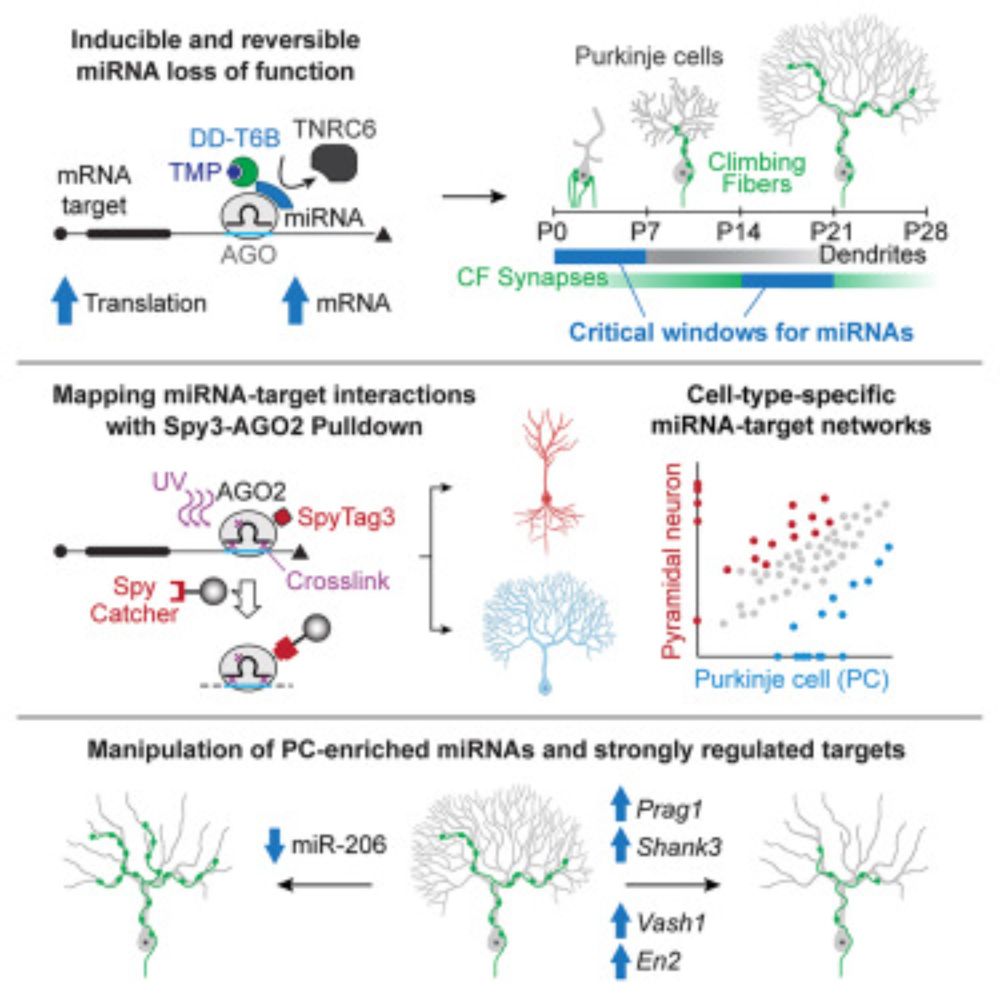

Come be our colleague!
Application deadline: November 22
apply.interfolio.com/176153
Come be our colleague!
Application deadline: November 22
apply.interfolio.com/176153
Evolution of brain cell types.
September 10, 2–3pm UTC
This event brings together 2 outstanding evolutionary and developmental neuroscientists who will present their work, followed by an interactive discussion with the audience: www.crowdcast.io/c/evolution-...

buff.ly/IPxFCHs
buff.ly/IPxFCHs

Join a vibrant, interdisciplinary community where collaboration and innovation are nurtured at all levels.
Take a look at these four open positions 👇

Join a vibrant, interdisciplinary community where collaboration and innovation are nurtured at all levels.
Take a look at these four open positions 👇
CRISPR in apple snails gives us a new model to dissect how nature rebuilds complex organs like the camera-type eyes we humans possess
It turns out Evolution doesn’t just innovate, it rewinds, remixes, & regenerates
rdcu.be/ezw0t
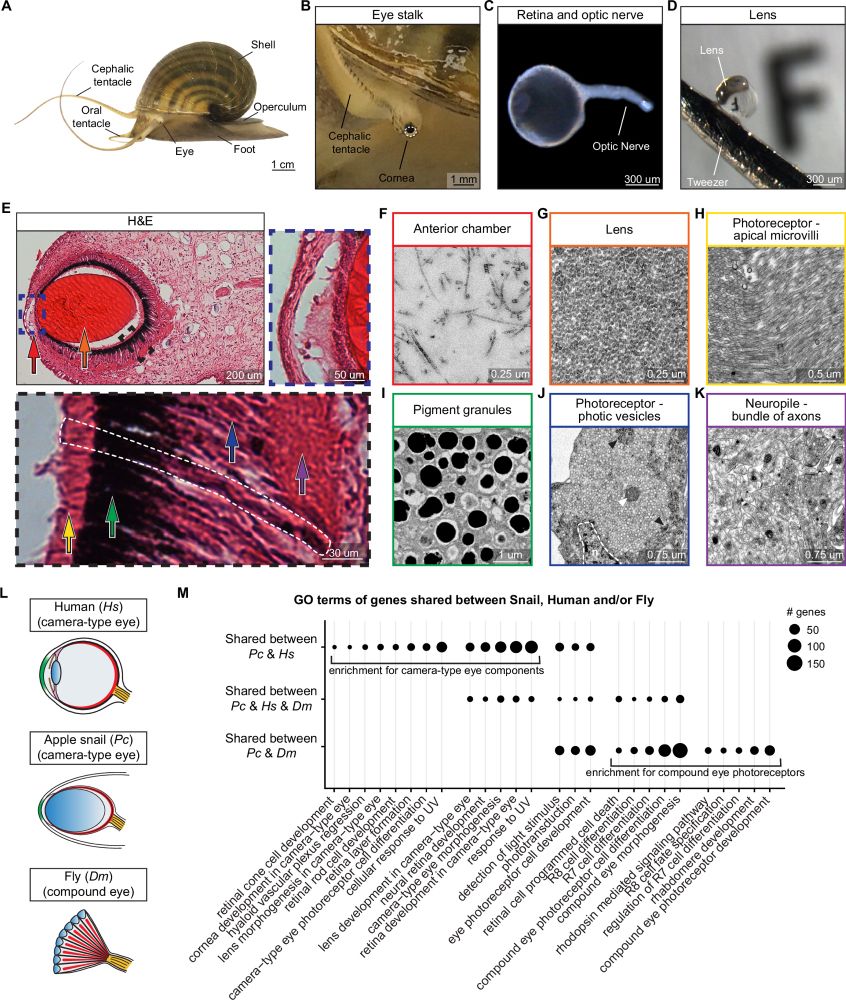
CRISPR in apple snails gives us a new model to dissect how nature rebuilds complex organs like the camera-type eyes we humans possess
It turns out Evolution doesn’t just innovate, it rewinds, remixes, & regenerates
rdcu.be/ezw0t
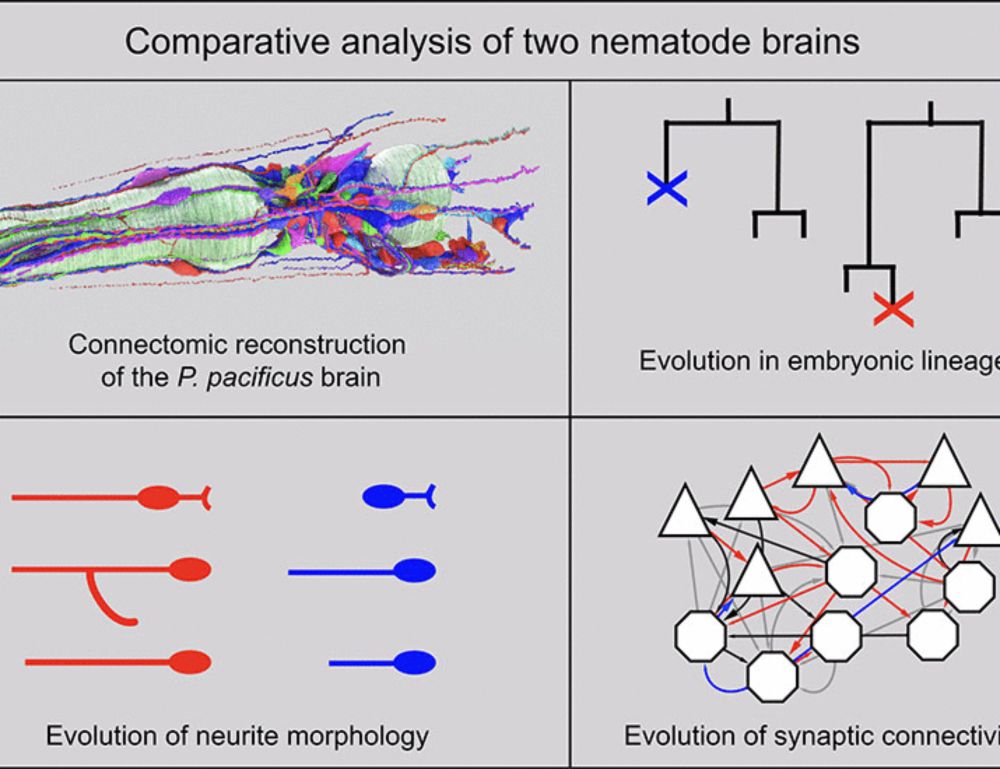
More on the award: imba.science/43Y93sC

More on the award: imba.science/43Y93sC
bit.ly/44aVm9E
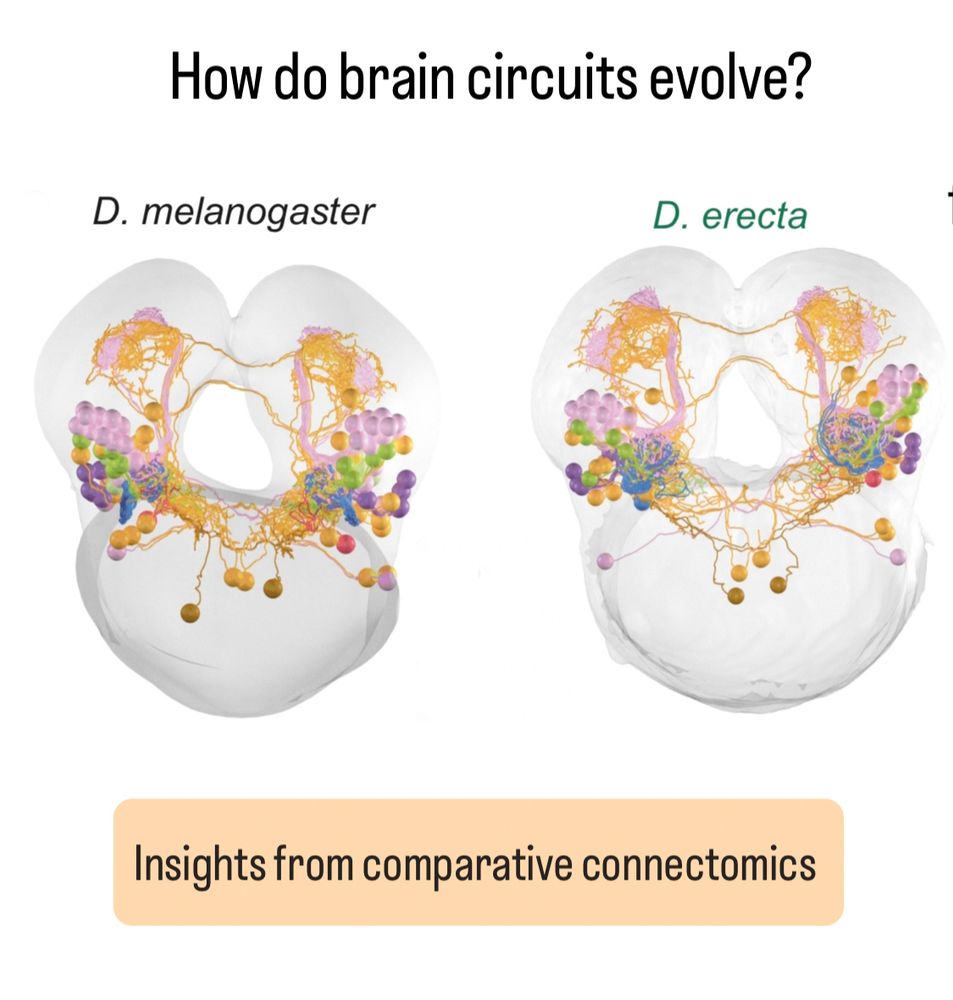
bit.ly/44aVm9E
2026 Simons Graduate Fellowship in Ecology and Evolution Awards, due July 31, 2025, only for incoming PhD students who plan to start their PhDs in Fall 2026.
www.simonsfoundation.org/grant/simons...

2026 Simons Graduate Fellowship in Ecology and Evolution Awards, due July 31, 2025, only for incoming PhD students who plan to start their PhDs in Fall 2026.
www.simonsfoundation.org/grant/simons...
Using single-cell transcriptomics, four Science studies in 2022 revealed evolutionary innovations in reptile and amphibian brains.
Learn more during #AmphibianWeek: scim.ag/3EEKMxZ

Using single-cell transcriptomics, four Science studies in 2022 revealed evolutionary innovations in reptile and amphibian brains.
Learn more during #AmphibianWeek: scim.ag/3EEKMxZ
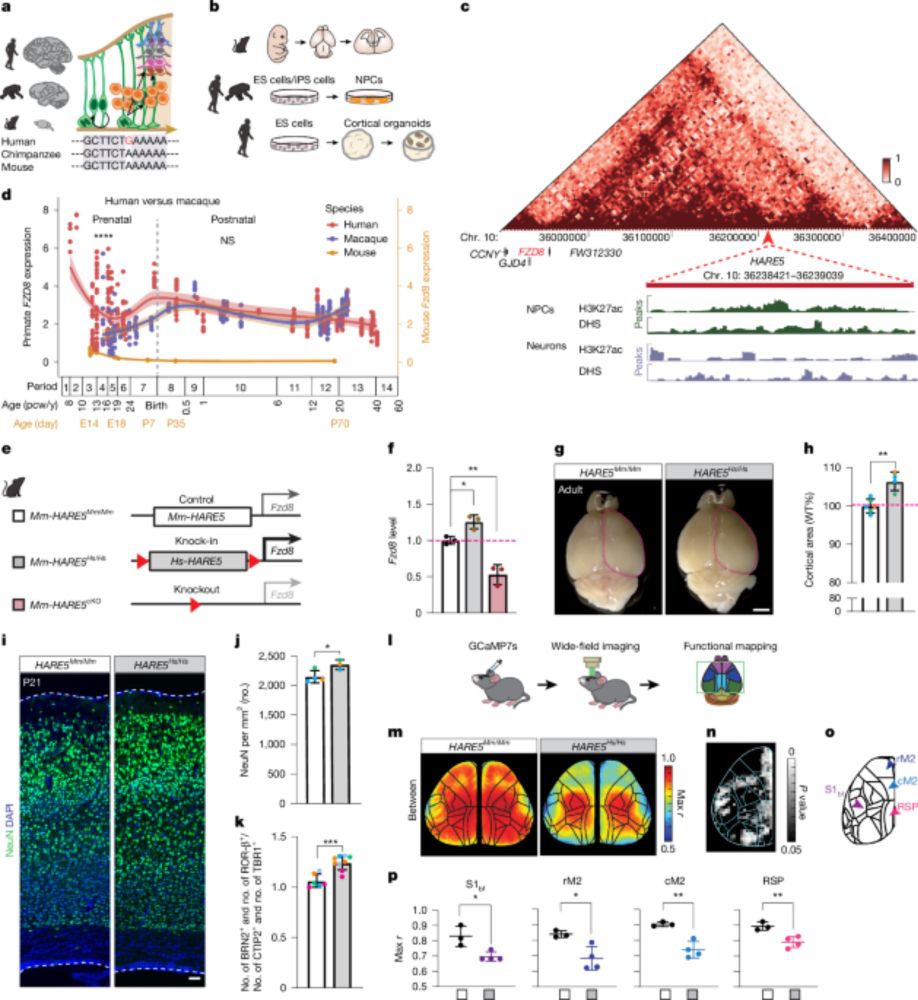
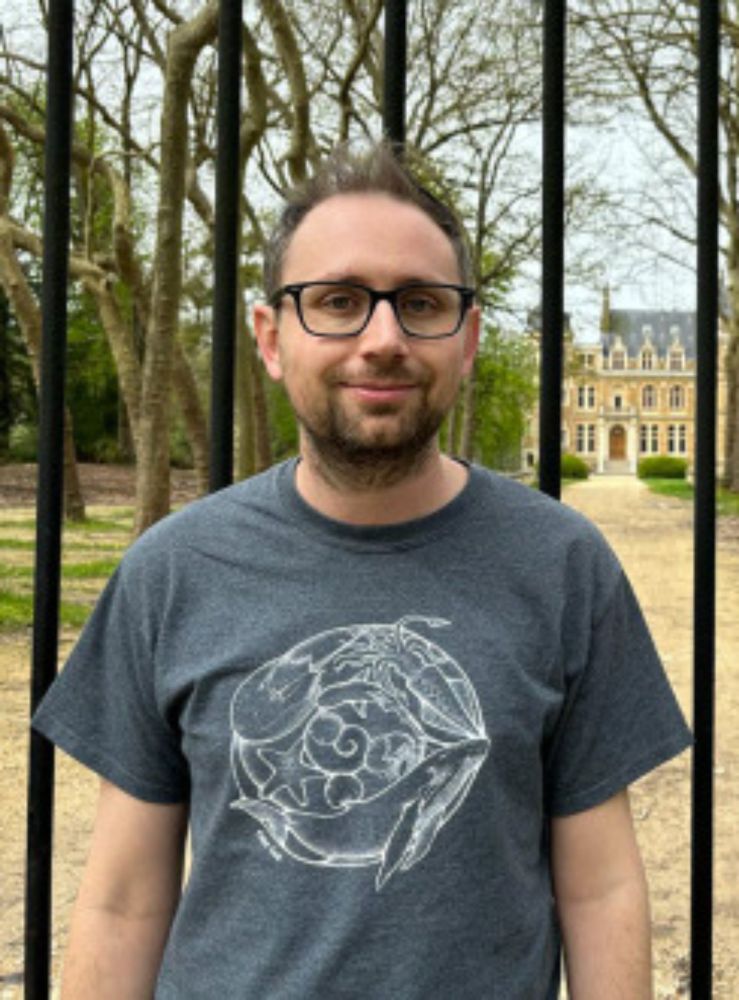
www.cell.com/cell/fulltex...

www.cell.com/cell/fulltex...
We investigated the evolution of my favorite gene FoxQ2 across 21 animal phyla, and found three ancient paralogs with a very dynamic history.
More on phylogeny, synteny, and comparative in situs in the 🧵 below!
tinyurl.com/2j96px45

We investigated the evolution of my favorite gene FoxQ2 across 21 animal phyla, and found three ancient paralogs with a very dynamic history.
More on phylogeny, synteny, and comparative in situs in the 🧵 below!
tinyurl.com/2j96px45

@natureneuro.bsky.social! -Single-cell genomics of the mouse olfactory cortex reveals contrasts with neocortex and ancestral signatures of cell type evolution nature.com/articles/s41...
@natureneuro.bsky.social! -Single-cell genomics of the mouse olfactory cortex reveals contrasts with neocortex and ancestral signatures of cell type evolution nature.com/articles/s41...
We developed new tools to study microRNA-target networks with greater spatial and temporal resolution and found neuronal subtype- and developmental stage-specific roles:
